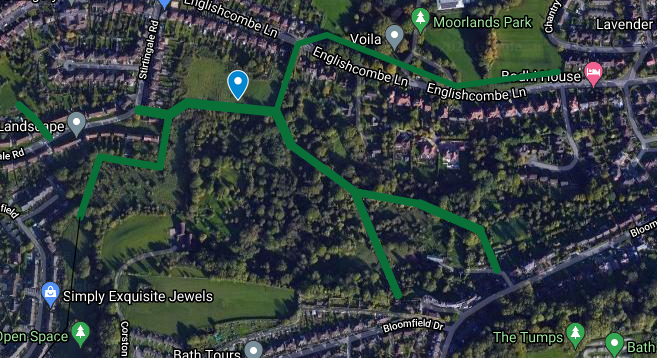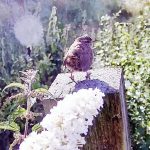The plight of the Tufa Field, its uncertain future and our now permanent change of attitude to the world around us brought about by Covid-19 requires that we pay much more attention to our use of green spaces.
Making these spaces both accessible and sustainable will be a challenge, but the opportunity exists to create a new category of connections between green spaces, Urban Greenways.
The purpose of Urban Greenways is to promote slow pedestrian routes, aimed not at providing shortened pathways between points, but meandering paths, highlighting points of rest and contemplation. Wherever possible, these will link larger spaces such as the Tufa Field and Lyncombe Vale field, with minimal on-road routes.
For that, we need to revive and create footpaths, either as rights of way or permitted rights from private landlords. With cooperation and backing from local authorities, progressive landowners and concerned volunteer groups there exists the potential to create a network of Green spaces, where we can be part of the natural world, rather than just treating it as some kind of museum exhibit to be visited.The aim is to ensure that no-one has to walk more than more than a few hundred yards to access the network.
Here’s an example of possibilities around the Tufa Field










 Total views : 89445
Total views : 89445

Leave a Reply